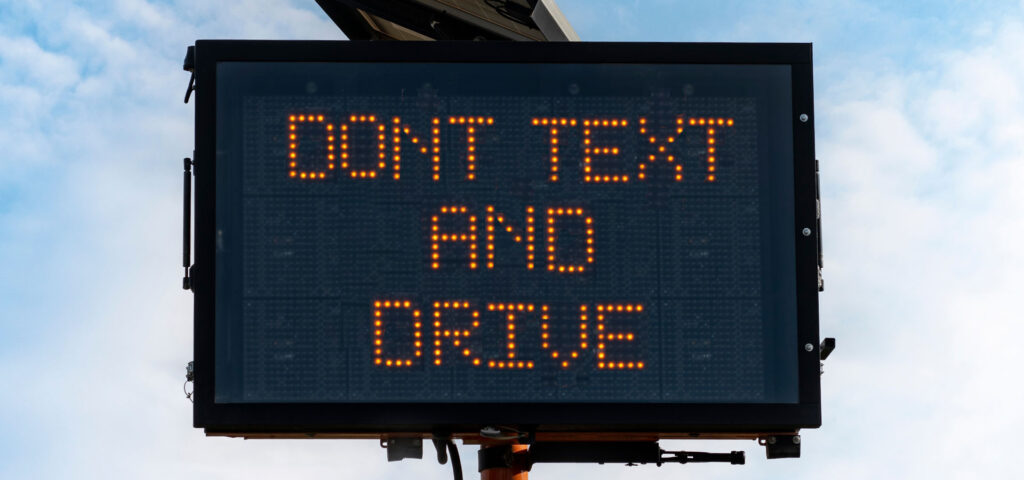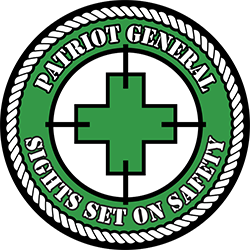Safe driving is crucial in ensuring the well-being of Patriot General’s greatest asset, our employees. Every day, our crews must navigate complex and sometimes hazardous environments, and their safety is our top priority. By practicing safe driving, we protect not only our own lives but also the livelihoods of our families and the success of our company. When team members are safe and confident on the road, they can focus on delivering the high-quality work that defines Patriot General Engineering, allowing us to continue building a strong, resilient community together.
Here are a few rules to always abide by when driving both work and personal vehicles:
Secure Materials for Transport
Tools or equipment should be secured while being transported to prevent unsafe movement of materials. During a crash or when making sudden maneuvers, loose objects can slide around or become airborne, injuring the driver and any passengers. Objects that could become a hazard should be secured or stored outside the passenger compartment.

Seat Belt Use
Seat belts are the single most effective means of reducing deaths and serious injuries in traffic crashes. As the most effective safety device in vehicles, they save nearly 12,000 lives and prevent 325,000 serious injuries in America each year. During a crash, anyone not wearing a seat belt will slam into the steering wheel, windshield, or other parts of the interior, or be ejected from the vehicle.

Distracted Driving
Distracted driving is a factor in 25 to 30 percent of all traffic crashes. With hectic schedules and roadway delays, many employees feel pressured to multi-task just to keep up with their personal and work-related responsibilities. More time on the road means less time at home or at work but “drive time” can never mean “down time.” Since drivers make more than 200 decisions during every mile traveled, it’s critical for employers to stress that when driving for work, safe driving is their primary responsibility.

Impaired Driving
Alcohol use is involved in 40 percent of all fatal motor vehicle crashes, representing an average of one alcohol-related fatality every 30 minutes. It is estimated that three in every 10 Americans will be involved in an impaired driving-related crash some time in their life. Alcohol, certain prescription drugs, over-the-counter medications, and illegal drugs can all affect a person’s ability to drive safely due to decreased alertness, concentration, coordination and reaction time. Businesses pay a high price for alcohol and drug abuse; alcohol is a contributing factor in 39 percent of all work related traffic crashes.

Fatigued Driving
Fatigued or drowsy driving may be involved in more than 100,000 crashes each year, resulting in 40,000 injuries and 1,550 deaths. Sadly, these numbers represent only the tip of the iceberg since these crashes are seriously under-reported. These days, it’s more important than ever for employees to be well rested, alert and sober on the road so that they are in a position to defend themselves from drivers who do not make the same choice. Train employees to make smart decisions when they’re behind the wheel, on and off the job.

Aggressive Driving
Employees commuting to and from work and traveling for work purposes often find themselves caught up in bottlenecks and traffic delays, wasting their time and reducing their productivity. These situations create a high level of frustration that can spark aggressive driving behavior. The roadway is one place that being aggressive never pays. Aggressive driving acts include excessive speed, tailgating, failure to signal a lane change, running a red light and passing on the right. The best advice is to avoid engaging in conflict with other drivers and to allow others to merge.

From OSHA “Guidelines for Employers to Reduce Motor Vehicle Crashes” – Full Document






